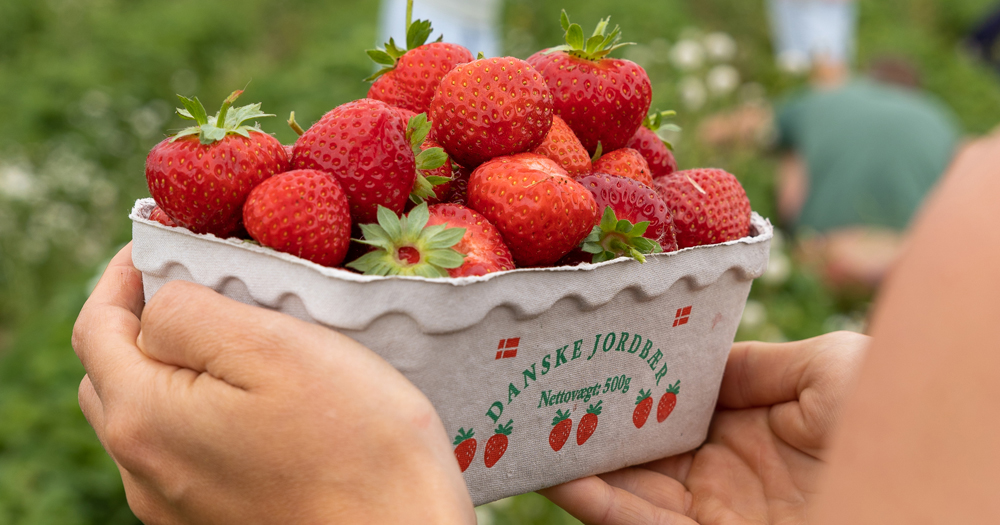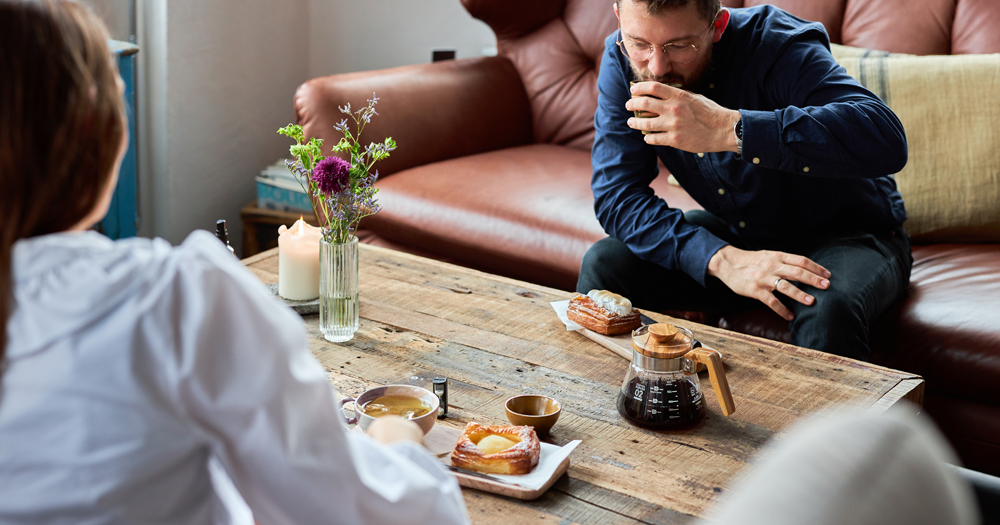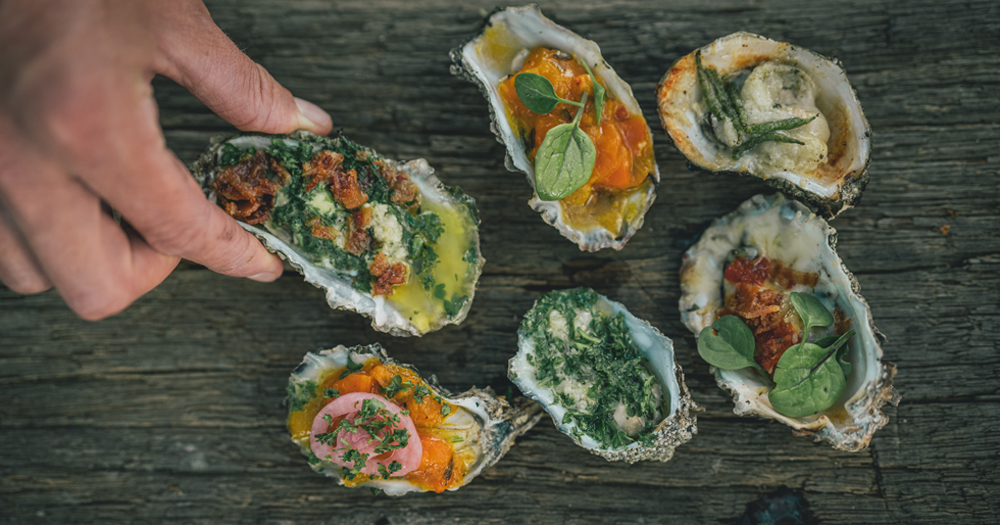Share a Danish with us
When you think of Danish food, buttery pastries, open-faced sandwiches (smørrebrød), and even the famous Danish hot dog might come to mind. But Denmark’s food is more than just iconic bites — it’s a way of life. Whether joining a cozy community dinner, feasting at a Michelin-starred restaurant, or enjoying a warm kanelsnegl straight from the bakery, Danish food culture invites you to slow down and savor the moment.
Eating like a local in Denmark means discovering seasonal ingredients, tasting local flavors, and celebrating the joy of gathering around good food.
Are you hungry yet? Then check below these tips for a foodie journey in Denmark.
Stop at a roadside food stall in Fyn
As you drive through the Danish countryside, keep an eye out for small wooden stands by the road — often unattended but stocked with fresh produce, homemade jams, eggs, and even flowers. These so-called vejboder operate on a trust-based honesty system: just leave a few coins for the items you choose. It’s a charming, hyper-local way to taste the season and support small-scale farmers. In summer, you’ll often find strawberries, peas, and new potatoes; in autumn, apples and pears are common.

Try real Danish pastries in Copenhagen — or 21 cakes in Southern Jutland
Forget the “Danish” you’ve had outside Denmark — the real thing is buttery, flaky, and often filled with custard, marzipan, or jam. In Denmark, they’re called wienerbrød (Viennese bread), a nod to their 19th-century Austrian inspiration. Visit one of the many bakeries lining the streets of Copenhagen and ask for a spandauer, kanelsnegl (cinnamon swirl), or tebirkes (poppy-seed roll with remonce, a buttery, spicy filling). Pair it with a strong coffee and experience the beloved Danish tradition of hygge firsthand.
In Denmark, cakes and pastries aren’t just for special occasions — they’re part of everyday life and deeply woven into the culture. Nowhere is this truer than in Southern Jutland, where the historic kaffebord (coffee table) tradition brings people together over a spread of 21 different cakes. This custom dates back to the Prussian War of 1864, when large gatherings with coffee and homemade cakes became a quiet act of cultural resilience and unity. Today, it’s a delicious symbol of community, hospitality, and the Danish love of baking at its most generous.

Go foraging with locals in Jutland
Denmark’s diverse land is rich in wild, edible treasures, and foraging is a beloved local pastime, especially in the off-season. Join an oyster safari along the UNESCO-listed Wadden Sea coast to taste some of the world’s best oysters, possible every month with an “R” in its name. If oysters aren’t your thing, take guided seaweed walks or mushroom tours, particularly along the rugged coasts and forested areas. Local guides will also introduce you to wild plants like sea buckthorn, elderflowers, and wild garlic, sharing traditions passed down through generations and turning Denmark’s natural bounty into your personal pantry.
